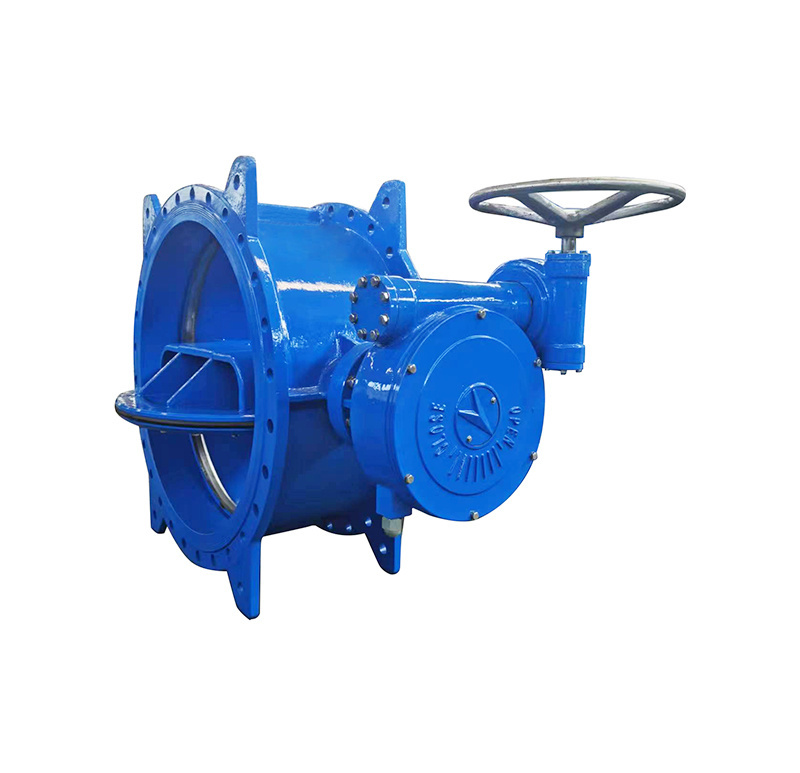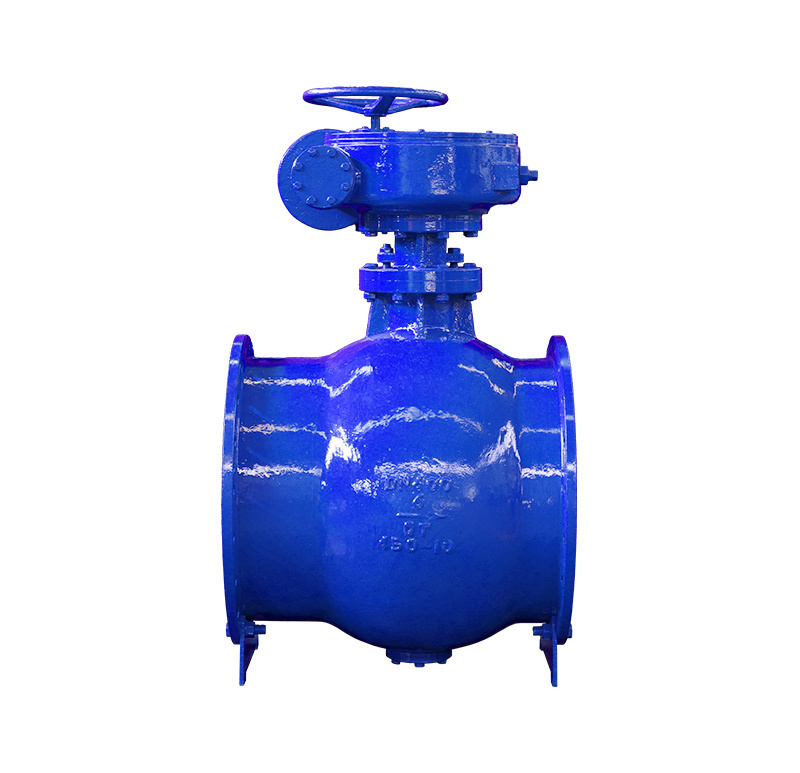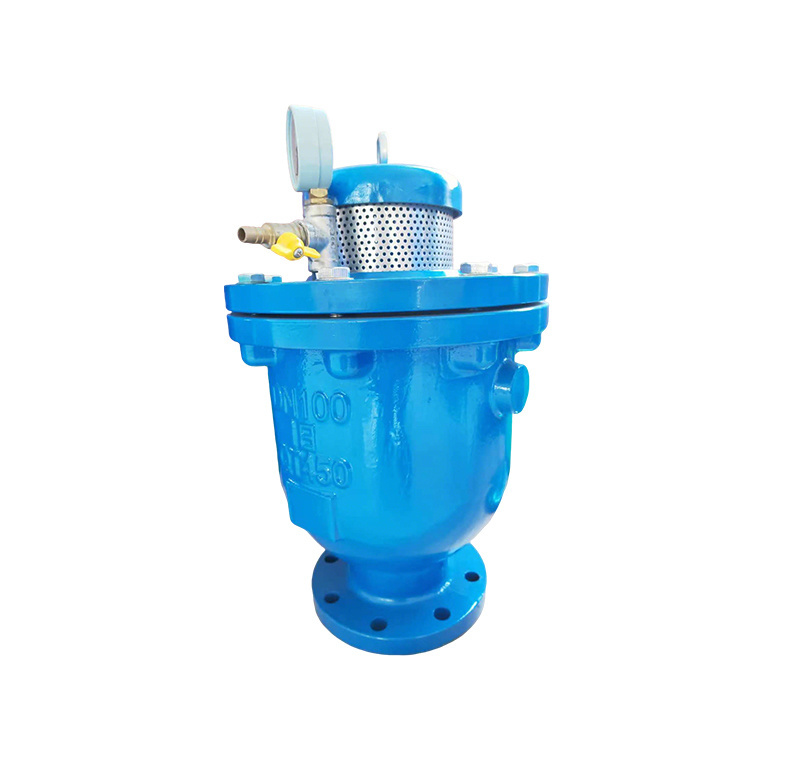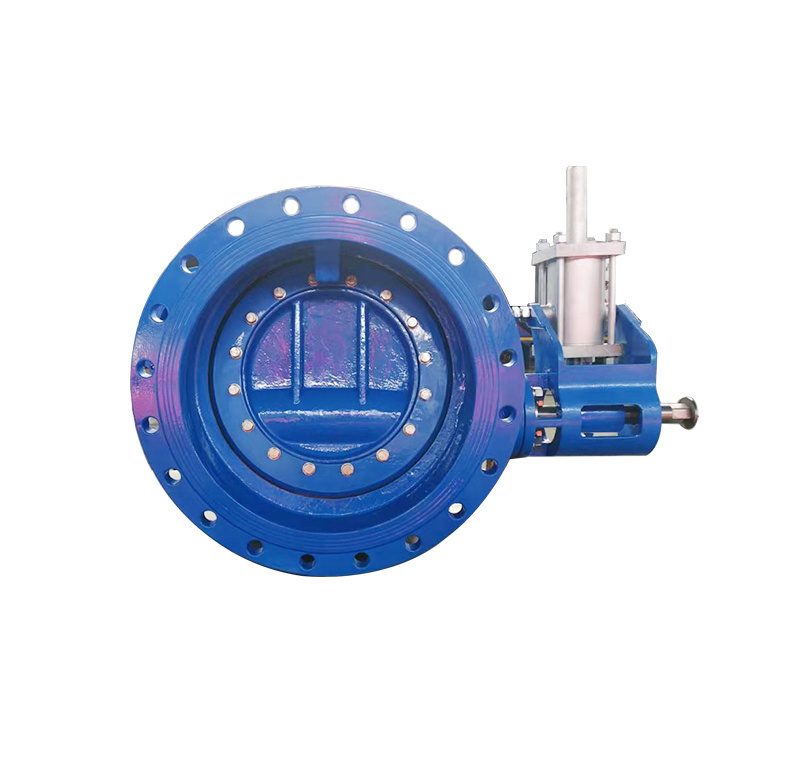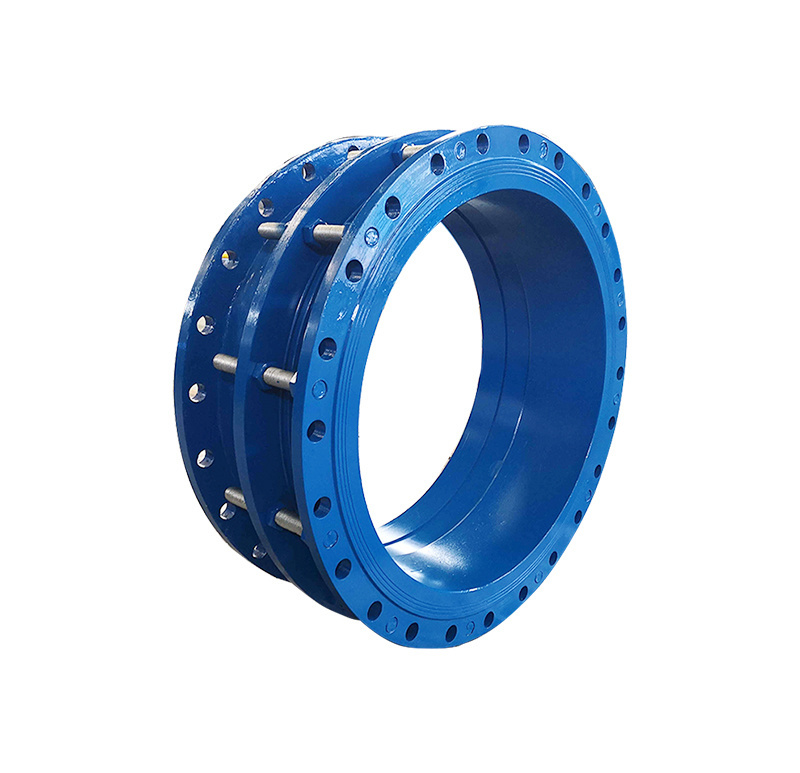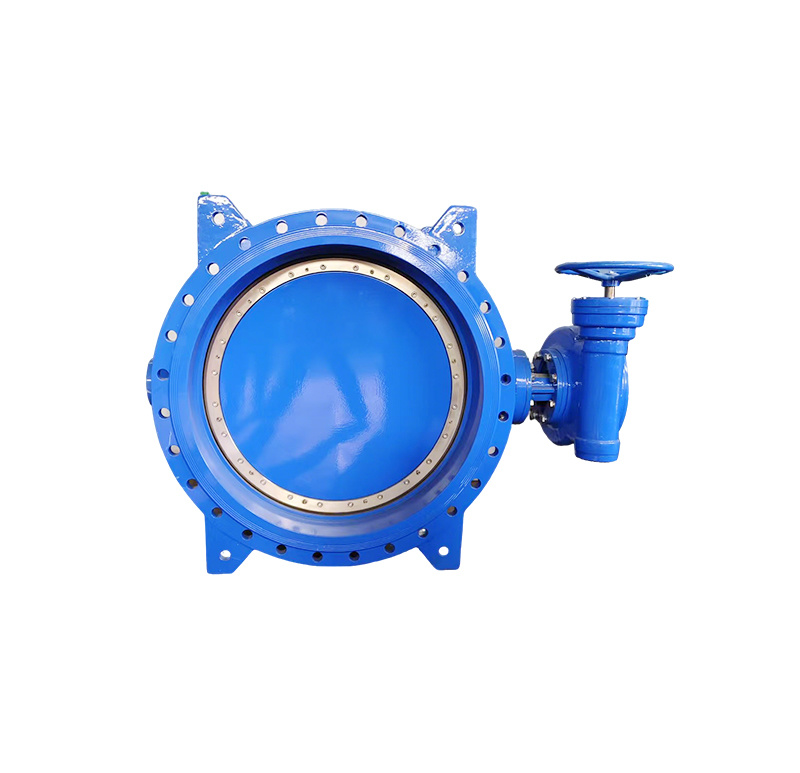Top Features to Look for in a Durable Seawater Valve
Top Features to Look for in a Durable Seawater Valve
Introduction to Seawater Valves
Seawater valves play a crucial role in various marine applications, from shipbuilding to coastal infrastructure. The harsh environment in which these valves operate necessitates a durability that goes beyond standard valve specifications. In this article, we will explore the **top features to look for in a durable
Top Features to Look for in a Durable Seawater Valve
Introduction to Seawater Valves
Seawater valves play a crucial role in various marine applications, from shipbuilding to coastal infrastructure. The harsh environment in which these valves operate necessitates a durability that goes beyond standard valve specifications. In this article, we will explore the **top features to look for in a durable seawater valve**, ensuring that your choice will withstand the rigors of marine conditions while providing reliability and efficiency.
Understanding Seawater Systems
Seawater systems operate under unique challenges, including high salinity, pressure variations, and potential biological fouling. These systems require valves that can effectively control the flow of seawater without compromising their structural integrity. When selecting a seawater valve, understanding the specific needs of your system is essential.
The Role of Corrosion Resistance
One of the most critical factors in the durability of a seawater valve is its **corrosion resistance**. Given the high salinity of seawater, materials used in valve construction must withstand corrosion over time.
Material Selection for Corrosion Resistance
The most commonly used materials for seawater valves include **bronze, stainless steel, and PVC**. Each material has its advantages:
- **Bronze:** Known for its excellent corrosion resistance and mechanical properties, bronze is often used in marine applications.
- **Stainless Steel:** Specifically, **316 stainless steel** offers superior resistance to corrosion caused by chloride ions found in seawater.
- **PVC:** A lightweight and cost-effective option, PVC is resistant to corrosion but may not withstand higher pressures.
Choosing the right material based on the application requirements is essential for ensuring the longevity and durability of the valve.
Design Efficiency and Functionality
A durable seawater valve should not only resist environmental challenges but also function effectively under varying conditions.
Valve Types and Their Applications
Different types of valves serve various functions in seawater systems:
- **Ball Valves:** Ideal for quick shut-off applications, ball valves provide low-pressure drops and are highly reliable.
- **Gate Valves:** Perfect for applications requiring minimal flow resistance, gate valves are commonly used in larger pipelines.
- **Globe Valves:** Best for regulating flow, globe valves can handle varying flow rates with ease.
Understanding the specific requirements of your seawater system will help you choose the appropriate valve type, enhancing overall efficiency.
Operational Safety Features
Safety is paramount when selecting a seawater valve. **Operational safety features** ensure that the valve functions correctly under demanding conditions.
Leakage Prevention Mechanisms
A key aspect of operational safety is preventing leaks. Durable seawater valves should come equipped with effective sealing technologies, such as:
- **O-rings:** Made from materials that resist degradation, these seals prevent seawater from escaping the valve.
- **Gaskets:** High-performance gaskets made from elastomers or metal can provide additional protection against leakage.
A valve's ability to seal effectively not only safeguards against leaks but also enhances the valve’s overall reliability.
Pressure and Temperature Ratings
Another critical safety feature is the valve's pressure and temperature ratings. Valves must be designed to handle the maximum expected pressures and temperatures in seawater applications.
Understanding Pressure and Temperature Specifications
- **Pressure Rating:** Always check the valve's pressure rating to ensure it can withstand the specific pressure of your application.
- **Temperature Rating:** The valve's ability to function efficiently at various temperatures is essential, particularly in environments with fluctuating conditions.
Choosing a valve with adequate pressure and temperature ratings prevents failures and enhances system safety.
Ease of Maintenance and Installation
The longevity of a seawater valve also depends on its ease of maintenance and installation.
Maintenance Considerations
Regular maintenance is crucial for ensuring the valve operates efficiently over time. Features that facilitate maintenance include:
- **Access Ports:** Valves designed with access ports allow for easy inspection and cleaning, which is particularly important in marine environments where fouling can occur.
- **Serviceable Components:** Choosing valves with replaceable components can significantly reduce downtime and maintenance costs.
Installation Simplicity
An easy installation process saves time and labor costs. Valves that come with clear installation instructions and adaptable flanges or connections are preferable.
Understanding Regulatory Standards
Compliance with regulatory standards is essential for any equipment used in marine applications.
Industry Standards for Seawater Valves
Familiarize yourself with relevant industry standards, such as those set by:
- **American Society of Mechanical Engineers (ASME)**
- **International Organization for Standardization (ISO)**
Valves meeting these standards are generally more reliable and acceptable for use in critical marine applications.
Cost Considerations Without Compromising Quality
While cost is always a consideration, it’s essential to balance budget constraints with the quality of the valve.
Evaluating Total Cost of Ownership
When assessing the cost of a seawater valve, consider the **total cost of ownership**, including:
- **Initial Purchase Price**
- **Maintenance Costs**
- **Longevity and Replacement Frequency**
Investing in a high-quality valve may incur a higher upfront cost but can lead to significant savings in maintenance and replacement over time.
FAQs About Durable Seawater Valves
1. What materials are best for seawater valves?
The best materials for seawater valves are bronze, 316 stainless steel, and PVC, as they offer high corrosion resistance.
2. How do I choose the right type of valve for my application?
Consider the specific needs of your system, including flow control and pressure requirements, to select the appropriate valve type.
3. Why is corrosion resistance so important in seawater valves?
Corrosion resistance is crucial because seawater contains high levels of salt, which can rapidly degrade non-resistant materials.
4. What safety features should I look for in a seawater valve?
Look for effective sealing mechanisms, appropriate pressure and temperature ratings, and materials designed to minimize the risk of leaks.
5. How can I ensure my seawater valve lasts longer?
Choose a valve made from high-quality materials, adhere to maintenance schedules, and ensure proper installation to enhance longevity.
Conclusion
In summary, selecting a durable seawater valve requires careful consideration of multiple features, including corrosion resistance, design efficiency, operational safety, and ease of maintenance. By prioritizing these factors, you can ensure that your seawater valve will perform reliably in demanding marine environments for years to come. Investing in the right valve not only protects your investment but also contributes to the overall efficiency and safety of your seawater system.
Previous









